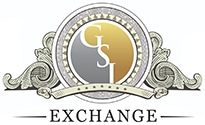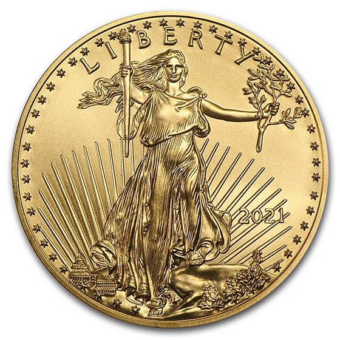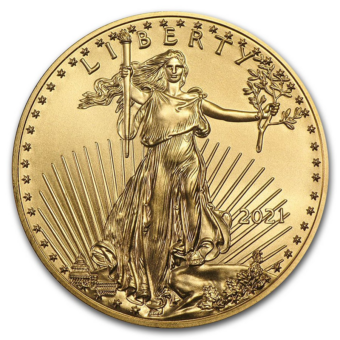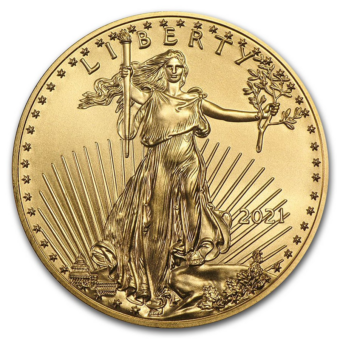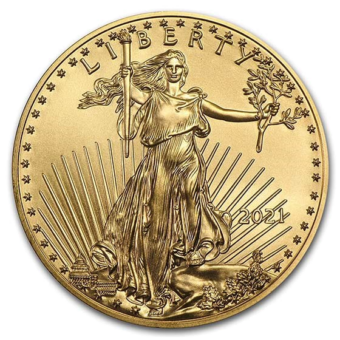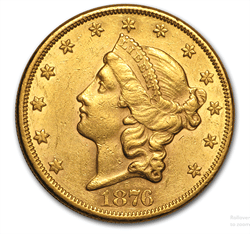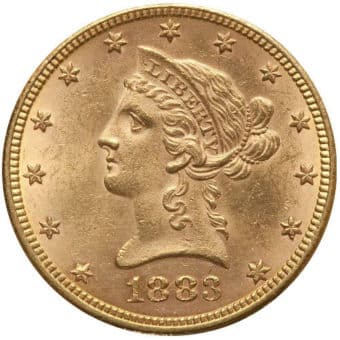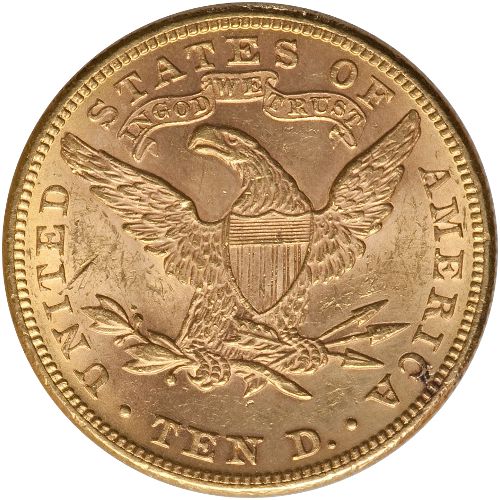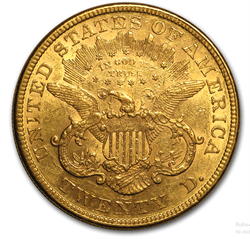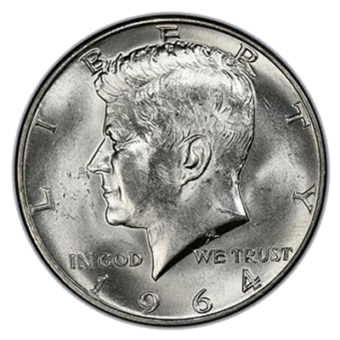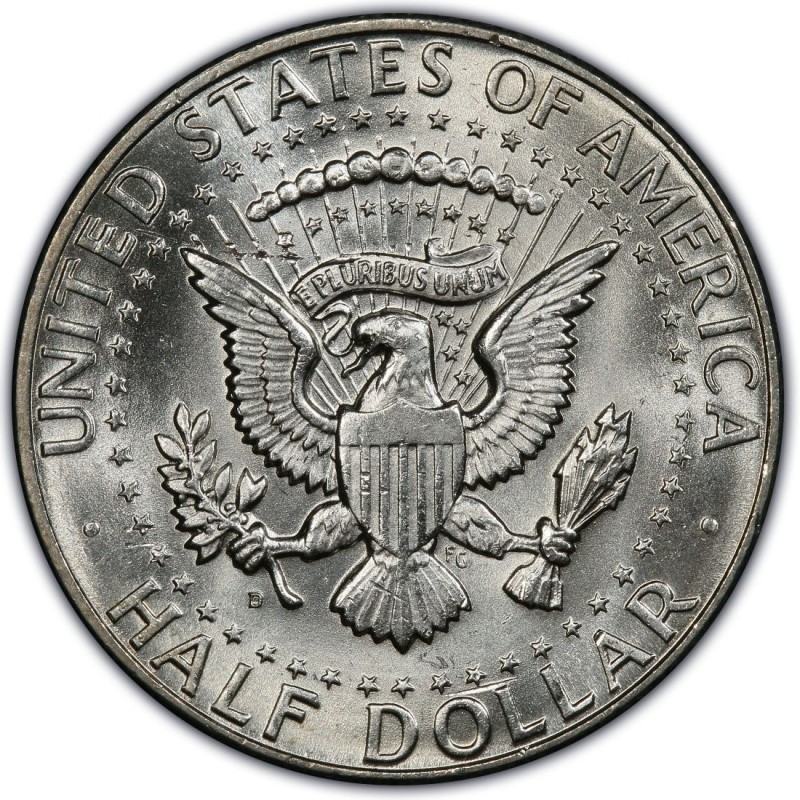A Daily Journey Through the Week's Market
Monday - 2.04.25: Gold dipped 0.19% to $2,813.47 per ounce, while silver declined 0.76% to $31.62 per ounce, both pressured by a strengthening U.S. dollar. Investors are closely monitoring the escalating trade tensions between the U.S. and China, which have heightened market uncertainty.
Tuesday - 2.05.25: Gold rose 0.5% to a record high of $2,858.12 per ounce, driven by increased safe-haven demand amid escalating U.S.-China trade tensions. Silver also saw gains, rising 0.62% to $32.26 per ounce. Market participants are awaiting upcoming U.S. economic data for further direction.
Wednesday - 2.06.25: Gold prices remained near record highs, inching up 0.1% to $2,868.94 per ounce as market participants continued to seek safe-haven assets amid ongoing trade disputes. Silver experienced a slight decline, edging down 0.15% to $32.21 per ounce. The market is anticipating U.S. jobs data for insights into future interest rate decisions.
Thursday - 2.07.25: Gold advanced 0.4% to $2,867.69 per ounce, marking its sixth consecutive weekly gain, as concerns over the trade war bolstered safe-haven demand. Silver edged up 0.2% to $32.26 per ounce. Investors are focused on the upcoming U.S. payrolls report, which could influence the Federal Reserve's interest rate policy.
Friday - 2.08.25: Gold and silver prices are climbing Thursday, with gold near record highs as safe-haven demand persists amid market anxiety over shifting U.S. policies. April gold rose $14.20 to $2,890.90, while March silver gained $0.104 to $32.73, maintaining strength despite a stronger U.S. dollar on some days.
Gold Prices Swing as Jobs Data Misses Forecasts
Gold prices saw sharp swings Friday as markets reacted to a mixed U.S. employment report that showed slower job growth but rising wages.
Driving the News
- Job Growth Slows: The U.S. added 143,000 jobs in January, missing economists' expectations of 169,000.
- Unemployment Rate Falls: The jobless rate dropped to 4.0%, down from 4.1% in December.
- Wage Growth Accelerates: Average hourly earnings rose 0.5% to $35.87, marking a 4.1% year-over-year increase.
Market Reaction
- Gold initially spiked to session and record highs but quickly reversed gains.
- Spot gold last traded at $2,630.80 an ounce, up 0.29% on the day.
The Big Picture
Wall Street remains cautious as they assess whether slowing job growth and rising wages could influence the Federal Reserve’s next move on interest rates.
Gold Holds Steady as U.S. Jobless Claims Rise Above Forecasts
Gold prices remained stable despite weaker-than-expected U.S. labor market data, as higher jobless claims fueled concerns about economic softness. The metal continues to trade near the middle of its daily range, reflecting market uncertainty over the Federal Reserve’s next moves.
Why it matters:
- Weekly jobless claims rose to 219,000, exceeding economist expectations of 213,000 and signaling potential cracks in the labor market.
- The four-week moving average, a more stable measure, also increased to 216,750, slightly above forecasts.
- Continuing jobless claims reached 1.886 million, higher than the expected 1.870 million, suggesting lingering weakness in employment.
The big picture:
- The latest data adds to speculation that the Fed may need to adjust its monetary policy if labor market conditions deteriorate further.
- Gold remains a key asset for market participants watching for signs of economic instability, with prices last trading at $2,862.92 per ounce, down 0.15% on the session.
- Rising jobless claims could support gold’s safe-haven appeal if they continue trending upward.
What’s next:
While the labor market remains relatively resilient, an uptick in unemployment claims may fuel expectations of rate cuts later in 2025. If economic conditions weaken further, gold could gain traction as a hedge against uncertainty, potentially driving prices higher in the coming months.
Citi and UBS Lift Gold Targets to $3,000 on Tariffs and Safe-Haven Demand
Citi and UBS have raised their gold price forecasts to $3,000 per ounce, citing increasing geopolitical tensions, central bank buying, and rising safe-haven demand driven by President Trump’s trade policies. The banks expect gold’s rally to persist throughout 2025 as market participants seek stability amid economic and political uncertainty.
Why it matters:
- Citi now expects gold to hit $3,000 per ounce within three months, up from its previous $2,800 target, and has raised its 2025 average price forecast to $2,900.
- UBS also boosted its 12-month forecast to $3,000, highlighting gold’s continued role as a hedge against uncertainty.
- Strength in the U.S. dollar is pushing central banks to increase gold reserves to support their currencies.
The big picture:
- Citi analysts see Trump’s trade wars and geopolitical disruptions reinforcing de-dollarization and boosting gold demand from emerging market central banks.
- There is a 20% implied probability that gold could be included in potential U.S. blanket tariffs, although Citi believes it is unlikely due to gold’s status as a financial asset.
- A Russia-Ukraine peace deal or confirmation that gold will be exempt from broad tariffs could create a temporary buying opportunity in the coming months.
What’s next:
Despite gold’s recent surge past $2,870 per ounce, both Citi and UBS believe the bull market has room to run, fueled by expectations of a prolonged global rate-cutting cycle and continued geopolitical instability. As central banks and investors accumulate gold, its role as a store of value remains critical. Short-term fluctuations may occur, but the broader trend suggests further upside potential for the metal in 2025.
Gold Soars—Is a Commodities Supercycle Next?
As gold prices hit record highs amid rising global tensions, market participants are eyeing the potential for a broader commodities cycle. Grant Williams, host of The Grant Williams Podcast, warns of accelerating currency debasement and shifting geopolitical dynamics that could drive a surge in physical asset investments.
Why it matters:
- Williams sees growing interest in commodities as equity markets, particularly tech, remain overvalued.
- Gold is benefiting from strong safe-haven demand, with silver expected to follow.
- Energy markets may also see a boost, especially with political shifts in the U.S. and Canada influencing resource policies.
The big picture:
- Williams argues that the decline of American influence is accelerating, creating power vacuums in key regions like Asia.
- He suggests that a potential U.S. retreat could embolden China, raising geopolitical risks and market uncertainty.
- Reshoring supply chains, particularly for critical minerals, is becoming a strategic necessity but may contribute to inflationary pressures.
What’s next:
Williams believes investors must rethink their approach in 2025, shifting away from speculative stock buying and toward fundamental investment in tangible assets. He stresses the need to focus on yield, private investments, and long-term ownership of businesses rather than chasing market trends. With increasing geopolitical instability and economic uncertainty, the next four years could see heightened volatility, making miscalculations in policy and markets more likely.
JPMorgan’s $4B Gold Delivery Sparks Tariff Concerns
JPMorgan Chase is set to deliver over $4 billion worth of gold bullion in February as fears of U.S. import tariffs fuel a rush to ship precious metals stateside. The move highlights growing arbitrage opportunities in gold markets amid widening price spreads between New York and London.
Why it matters:
- The bank’s delivery of 1.485 million ounces—nearly half of the 3 million ounces declared—marks one of the largest in Comex history, signaling heightened demand for physical gold.
- The surge in Comex gold prices over London spot prices reflects fears of new tariffs under President Trump, creating incentives for banks to move bullion into the U.S.
The big picture:
- Comex typically sees most gold contracts closed or rolled over before delivery, but physical inventories have jumped by 14 million ounces ($39 billion) since the U.S. election.
- Similar price disparities have led traders to airlift silver—a rare occurrence given its lower value-to-weight ratio.
What’s next:
It remains uncertain whether JPMorgan and other banks are exploiting an arbitrage opportunity or merely exiting short positions through physical deliveries. With tariff concerns escalating, gold’s role as a safe-haven asset may continue to drive volatility in futures markets, particularly if the pricing disconnect between New York and London persists. If import tariffs materialize, gold shipments to the U.S. could accelerate further, amplifying market imbalances and reshaping the global bullion trade.
Record Imports Push US Trade Deficit to Multi-Year High
The U.S. trade deficit surged in December as record-high imports, driven in part by tariff fears, outpaced exports. Businesses rushed to stockpile foreign-made goods, including metals and computers, ahead of potential tariff hikes under President Trump’s administration.
Why it matters:
- The trade deficit jumped 24.7% to $98.4 billion, the highest since March 2022, marking the second-largest shortfall on record.
- Imports soared 3.5% to an all-time high of $364.9 billion, with industrial supplies, capital goods, and consumer products fueling the increase.
- The surge in imports reflects concerns over impending tariffs, particularly a newly implemented 10% levy on Chinese goods and the potential for a 25% tariff on Mexican and Canadian imports next month.
The big picture:
- The widening deficit adds weight to the administration’s argument for protectionist trade policies, with officials citing national security and economic stability as justification.
- Despite strong import growth, exports fell 2.6% to $266.5 billion, the largest drop since May 2020, as demand for U.S. consumer goods and industrial supplies weakened.
- The goods trade deficit with Canada widened by $2.9 billion, while the annual trade gap with China expanded to $295.4 billion in 2024 from $279.1 billion the previous year.
What’s next:
It remains uncertain whether the recent surge in imports is a short-term response to tariff threats or the start of a sustained trend. Some economists argue that certain factors, such as increased purchases from Switzerland, suggest a more complex picture beyond front-loading ahead of tariffs. While trade had a neutral impact on GDP in the fourth quarter, the growing deficit could become a headwind for economic growth if exports remain weak. With the possibility of additional tariffs looming, businesses may continue to adjust their supply chains, potentially fueling further volatility in trade flows.
Next Week’s Key Events
Economic Calendar: January 20–24
Monday, Feb. 10
- No scheduled reports
Tuesday, Feb. 11
- Federal Reserve Speeches:
Wednesday, Feb. 12
- Economic Reports:
- 8:30 AM: Consumer Price Index (CPI) (Jan.)
- Federal Reserve Speeches:
Thursday, Feb. 13
- Economic Reports:
- 8:30 AM: Initial Jobless Claims (Feb. 8)
- 8:30 AM: Producer Price Index (PPI) (Jan.)
Friday, Feb. 14
- Economic Reports:
- 8:30 AM: U.S. Retail Sales (Jan.)
- 9:15 AM: Industrial Production & Capacity Utilization (Jan.)
IMPACT ON PRECIOUS METALS MARKETS
Consumer Price Index (Feb. 12)
The CPI is a key inflation gauge. Higher-than-expected inflation could strengthen gold and silver as hedges against rising prices. A lower CPI might pressure precious metals by reinforcing expectations of stable Fed policy.
Initial Jobless Claims (Feb. 13)
A spike in claims may indicate labor market weakness, boosting gold and silver as investors seek safety. Conversely, lower claims suggest economic resilience, which could weigh on metals.
Producer Price Index (Feb. 13)
Rising producer prices could signal future inflation, strengthening demand for gold and silver. A weaker PPI may reduce inflation fears, making metals less attractive.
U.S. Retail Sales (Feb. 14)
Strong retail sales may bolster the dollar and risk appetite, pressuring gold and silver. Weak sales could enhance safe-haven demand for metals.
Industrial Production & Capacity Utilization (Feb. 14)
Strong production data could reflect economic growth, which may reduce demand for gold and silver. Weak output may increase safe-haven interest in metals.
Federal Reserve Speeches (Feb. 11 - 12)
Markets will closely watch Fed officials for clues about future monetary policy. If speeches suggest a more hawkish Fed (favoring higher interest rates), gold and silver could face downward pressure. Dovish remarks (hinting at rate cuts or continued economic concerns) may boost metals as lower rates make non-yielding assets like gold and silver more attractive.
